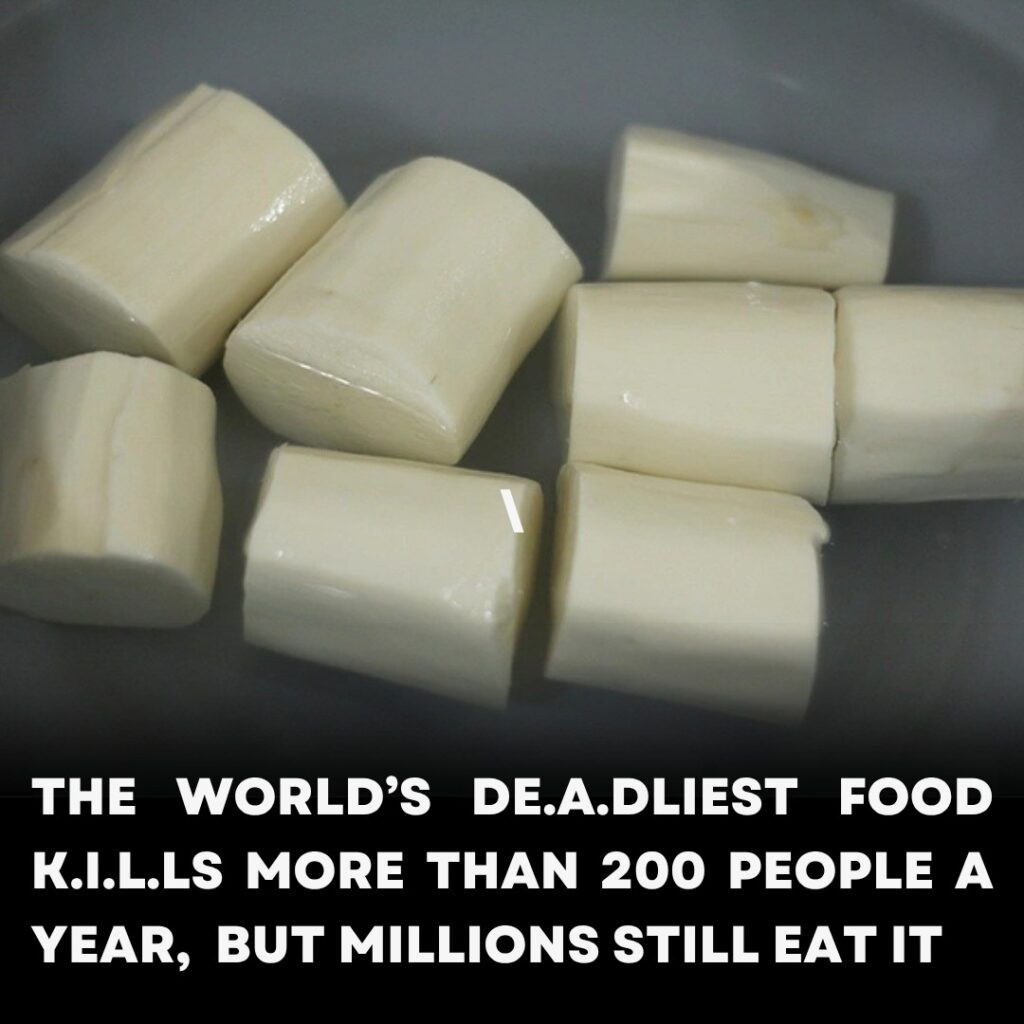ADVERTISEMENT

A vital vegetable… and potentially lethal: the astonishing paradox of this food
—
ADVERTISEMENT
### ⚠️ The Hidden Danger: Solanine Poisoning
Under certain conditions, potatoes can become toxic due to the presence of **solanine** — a naturally occurring chemical compound in the nightshade family of plants.
Solanine is the potato’s natural defense mechanism against pests and diseases. But in large enough quantities, **it’s poisonous to humans.**
#### 🟢 When Are Potatoes Dangerous?
You’ve probably seen potatoes that:
* Have turned green
* Are sprouting or “growing eyes”
* Have been stored in bright light or warm temperatures
These changes are signs of increased **solanine production**. The green color is actually **chlorophyll**, which isn’t harmful itself — but it indicates the potato has been exposed to conditions that also promote solanine buildup.
#### 🚨 Symptoms of Solanine Poisoning:
* Nausea and vomiting
* Stomach cramps
* Headaches
* Dizziness
* In rare, extreme cases: hallucinations, paralysis, or even death (though extremely rare)
ADVERTISEMENT
While you’d have to eat a large amount of green, spoiled potatoes to become seriously ill, the risk is very real — especially for children or people with sensitive systems.
—
### ✅ How to Stay Safe
Fortunately, avoiding solanine is simple with a little awareness:
1. **Avoid green or sprouting potatoes.**
If you see green skin or sprouts, discard the potato or cut those parts away generously.
ADVERTISEMENT
2. **Store potatoes in a cool, dark, dry place.**
Light and warmth encourage solanine production.
3. **Don’t eat potatoes that taste bitter.**
That sharp, off taste may be a warning sign from your taste buds.
4. **Peel older or suspicious potatoes.**
Solanine is concentrated near the skin.
—
### 🥄 The Paradox, Explained
So how can a potato be both *vital* and *potentially deadly*?
Like many plants, **nature designed it to protect itself**. The solanine keeps predators away — but when humans learned to harvest and cook it properly, the potato became a staple food around the world.
The same is true for other vegetables: rhubarb (toxic leaves), red kidney beans (raw ones are poisonous), and even cassava (which must be processed to remove cyanide). These foods have saved lives — but can harm when mishandled.
—
### 🌿 Final Thoughts
The takeaway? **Knowledge is power**. The potato is an incredibly nutritious, affordable, and satisfying food — but it also demands respect. Understanding how to store and prepare it properly means you can enjoy all of its benefits **without any of the risks**.
So the next time you see a green potato, don’t panic — just know you’re holding one of nature’s most fascinating paradoxes in your hand.
—
Want a list of other vegetables with hidden risks — and how to handle them safely? I’d be happy to share!
ADVERTISEMENT